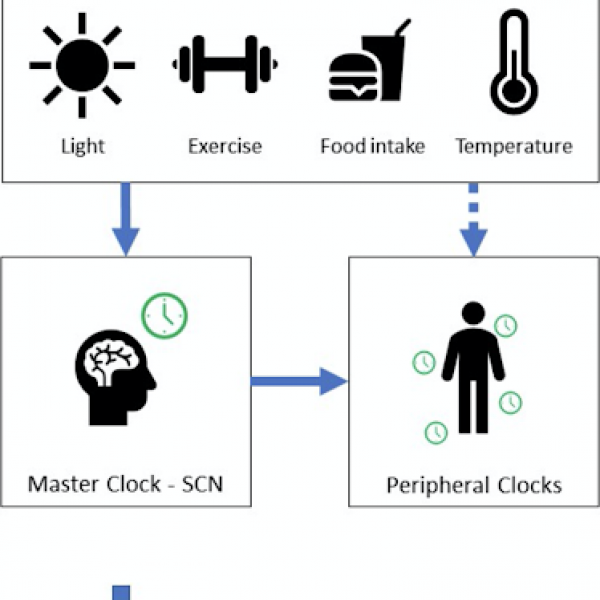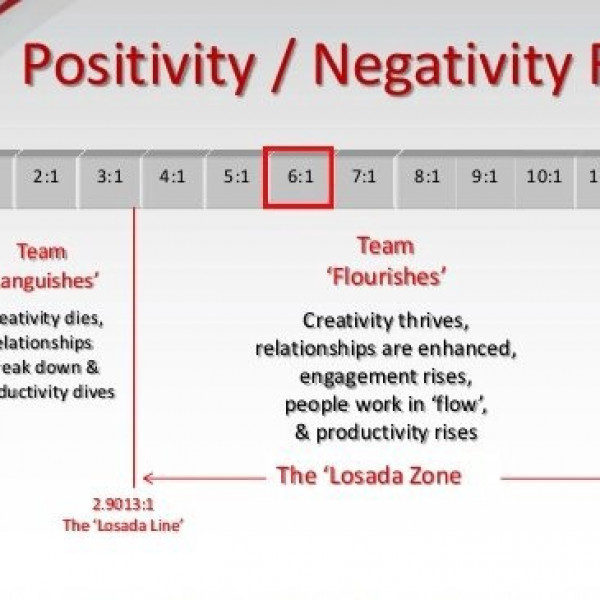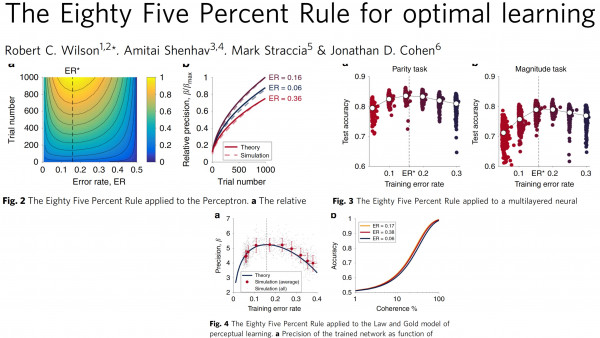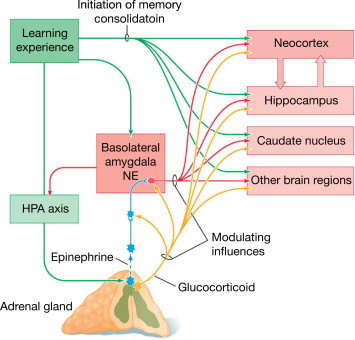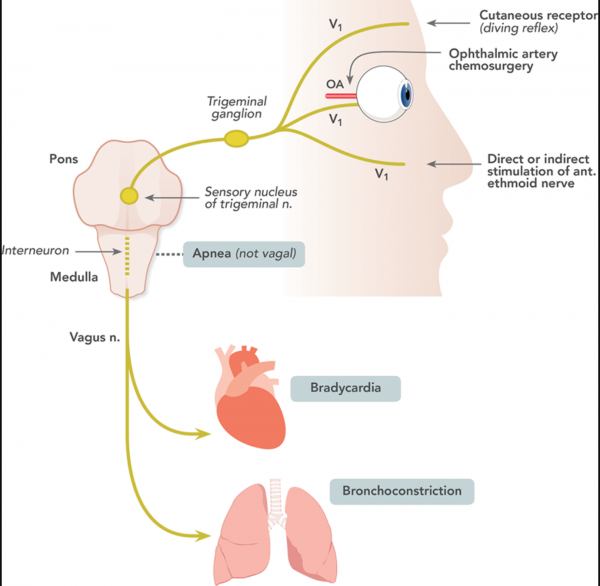The term zeitgeber (literally, time giver or time cue) refers to environmental variables that are capable of acting as circadian time cues. These are the cues that influence the suprachiasmatic nucleus (SCN) of the hypothalamus which famous as the "biological clock" inside us.
A simple mnemonic to remember all those cues think "LET'S Eat":
1. Light (most powerful).
2. Exercise or Movement.
3. Temperature.
4. Social Cues.
5. Eat (food).
These act unconsciously but can be used consciously to keep your biological rhythm healthy which impact all forms of health, including of course, mental health.
• 2.9013
is the ratio of positive to negative interactions necessary to make a team successful. This means that it takes about three positive comments, experiences, or expressions to fend off the languishing effects of one negative. Dip below this tipping point, now known as the Losada Line, and workplace performance quickly suffers. Rise above it—ideally, the research shows, to a ratio of 6 to 1—and teams produce their very best work.
• Best positive to negative ratio 3-1 to 6-1.
• Interestingly, Fredrickson found that 3:1 was the ratio at which people began to flourish outside work as well. Her research revealed that when people have three positive thoughts to every negative thought, they are more optimistic, are happier, and feel more fulfilled (2:1 was considered “languishing” and 1:1 was “depressed”). There’s an old saying that “bad news comes in threes.” Instead of just accepting this depressing adage, try to balance every piece of bad news with three good pieces of good news.
Why a skewed ratio? Shouldn’t one positive neutralize a negative? No. Research has emphatically proven that because we naturally give more weight to negatives, it takes more positives to balance them out.
The 85% Rule of Optimal Learning:
Very simple but very effective rule, if you're not failing 15 percent of the time when you're engaging in a learning experience, you're not maximizing learning. Or to put this another way, you know you've hit the learning sweet spot when you're succeeding at whatever you're trying to do 85 percent of the time.
So if you have the option to set the difficulty of learning or training, adjusted it to keep the learning success and accuracy at around 85%.
Alertness and learning:
The relationship between alertness and learning is an interesting one. At low levels of alertness we are not good at learning. At very high levels of alertness we are also not good at learning. However, beautiful work in both animal models and humans shows that when adrenaline is acutely increased immediately after learning, people are far better at remembering the learned material.
This of course has implications for why fear inducing and traumatic experiences are remembered with just one trial. However, it can also be leverage to enhance learning of other types of information and indeed studies from Larry Cahill and James McGaugh, show just that.
So you can have better retention if you choose to exercise vigorously or did anything that spike your adrenaline immediately after the learning session.
The diving reflex:
When a human holds their breath and submerges in water, the face and nose become wet which in turn causes bradycardia, apnea, and increased peripheral vascular resistance; these three main physiologic changes are collectively referred to as the diving reflex. The diving reflex is a clever physiological mechanism enabling the body to manage and tolerate a lower level of oxygen.
So next time you want to stimulate bradycardia and calm down try submerge your face in water.


